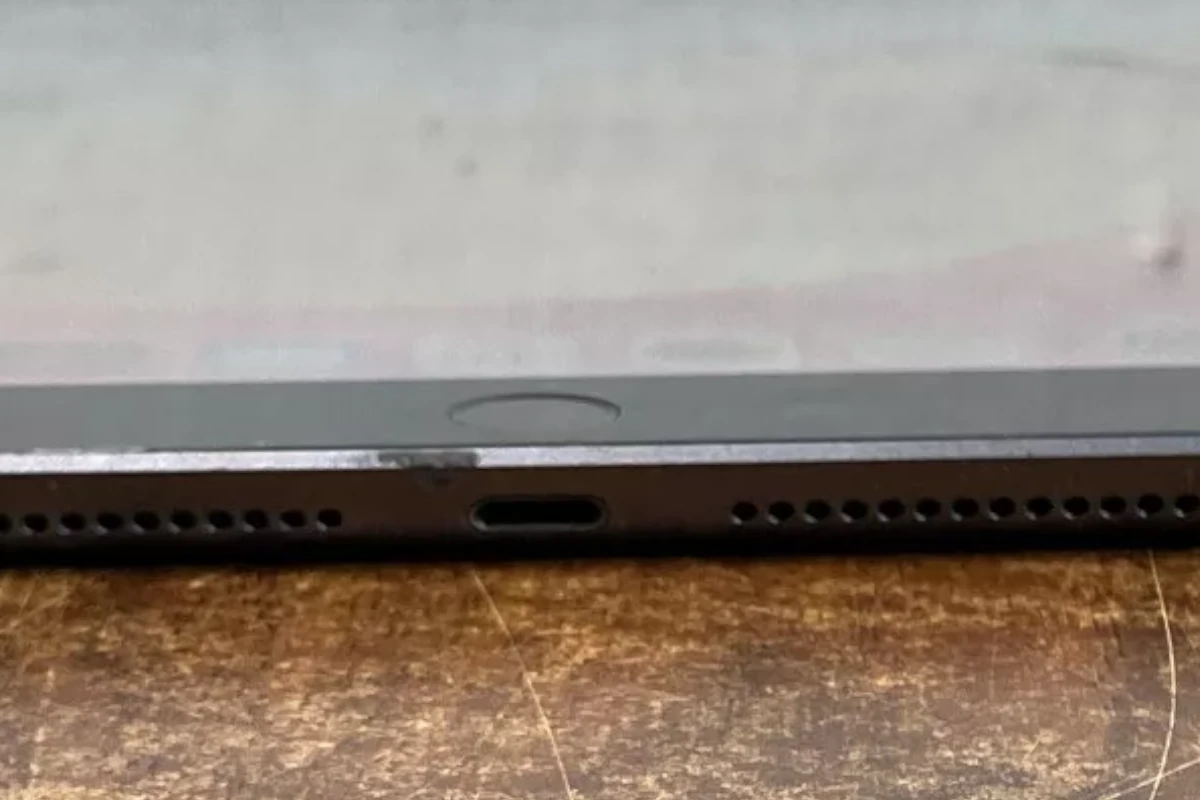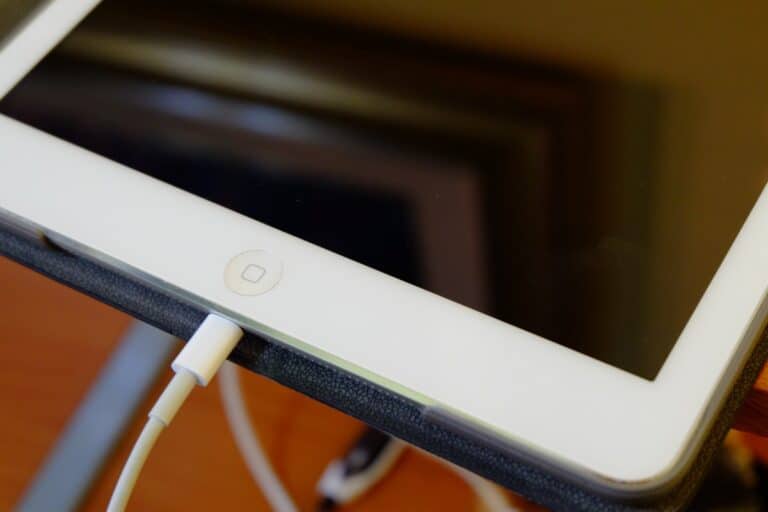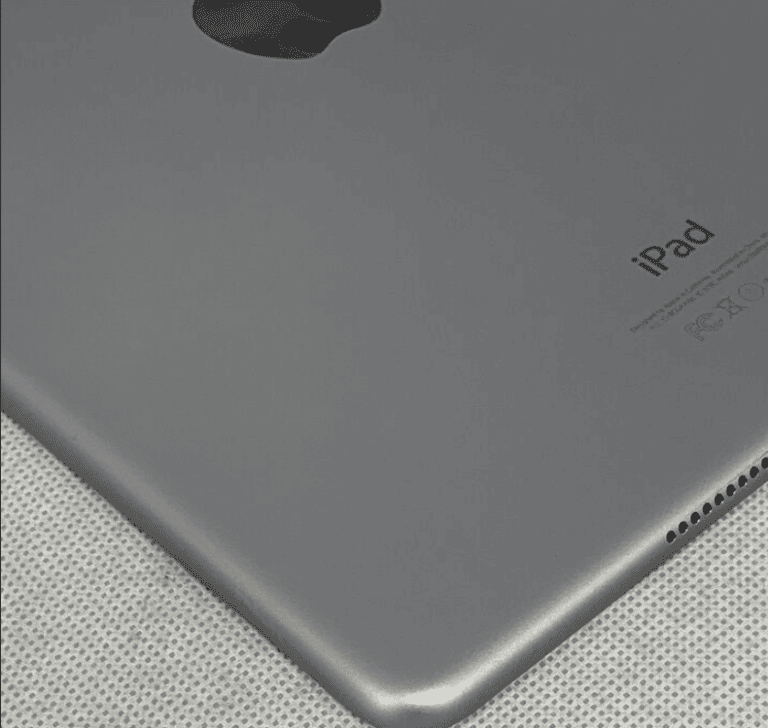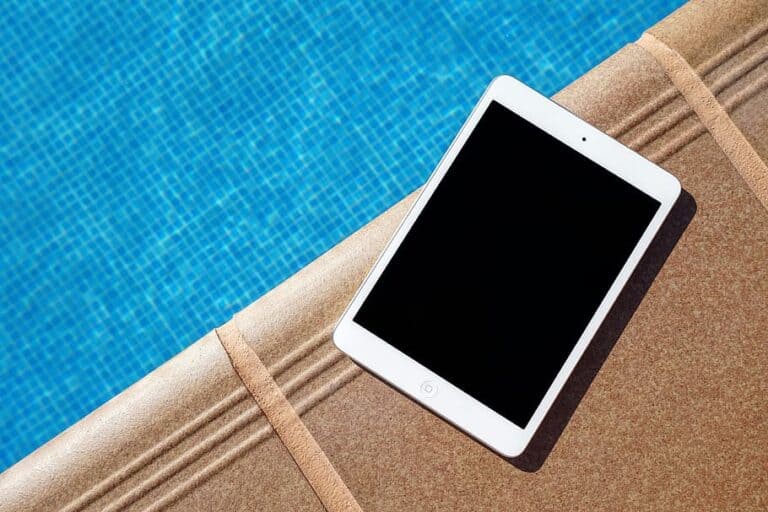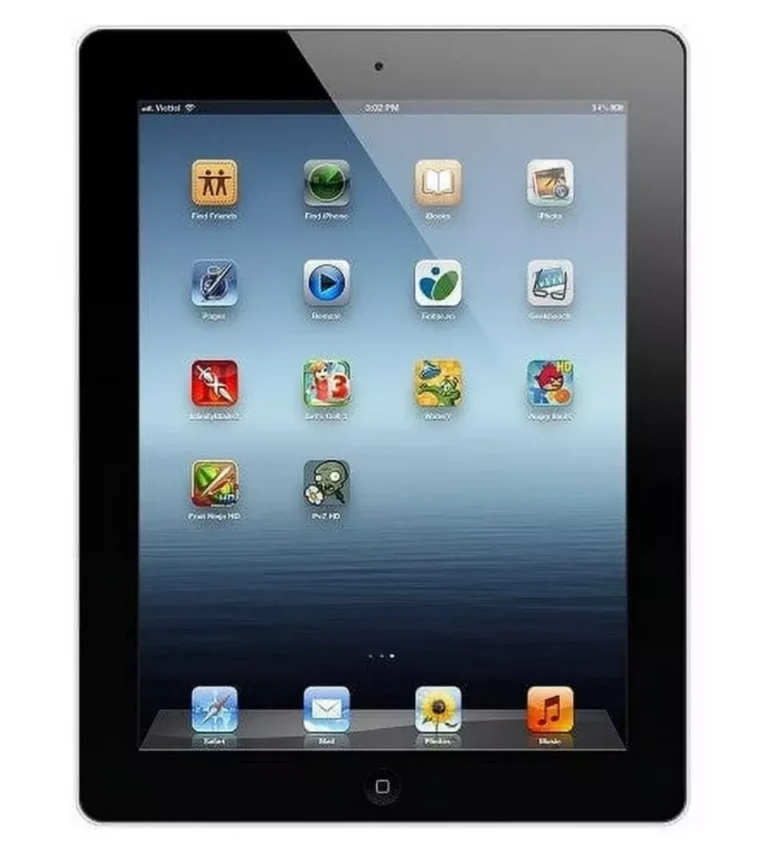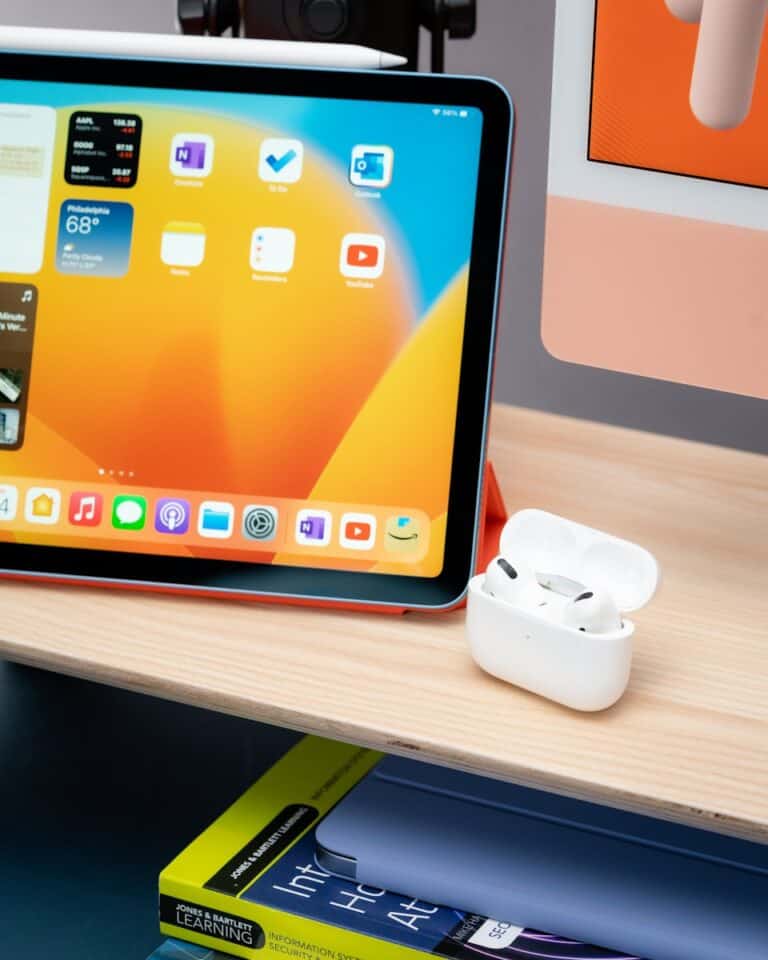If your iPad isn’t charging, the issue is often with the charging port. Dust, debris, or damage can block the connection between the charger and the port, stopping the power flow. The first steps to fix charging problems are to keep the charging port clean and use the right charging accessories. Gently remove any visible debris and make sure to use Apple-certified charging cables and adapters for safe and efficient charging. If cleaning doesn’t work, the issue might be more complicated.
A faulty charging port can be caused by internal damage or software issues that may need further troubleshooting. Restarting the device can often fix temporary software problems that affect charging. If these steps don’t solve the issue, you may need to get help from a professional repair service or contact the device manufacturer. Regularly maintaining the charging port and using accessories carefully can help prevent charging problems in the future.
1. 🧹 Clean the Charging Port
Dust, lint, and debris are the most common causes of charging issues.
- Power off your iPad.
- Use a soft brush, wooden toothpick, or compressed air to gently remove dirt.
- Do not use metal objects (paperclips, needles) as they can damage the pins.
2. 🔄 Try a Different Cable & Charger
- Use an Apple‑certified Lightning/USB‑C cable.
- Test with another charging brick and wall outlet.
- Faulty cables are often the issue, not the port itself.
3. ⚡ Check for Software Issues
- Restart your iPad.
- Update to the latest iPadOS (Settings → General → Software Update).
- Reset settings if needed (Settings → General → Transfer or Reset iPad → Reset All Settings).
4. 🔍 Inspect the Port for Damage
- Use a flashlight to check if pins inside the port are bent or broken.
- If you see physical damage, do not attempt DIY repairs—seek professional service.
5. 🔋 Test Wireless Charging (if available)
- For iPad models that support wireless charging via accessories (like Magic Keyboard pass‑through), test if charging works that way.
- If wireless works but the port doesn’t, the port is likely damaged.
6. 🛠️ Professional Repair
If cleaning and troubleshooting don’t work:
- Book a repair at an Apple Store or Authorized Service Provider.
- Third‑party repair shops can also replace the charging port, but this may void your warranty.
✅ Quick Checklist
- Clean the charging port
- Try a different charging cable & adapter
- Restart & update iPadOS
- Inspect for physical damage
- Contact Apple Support if still not working
👉 Tip: Regularly clean your iPad’s charging port and always use certified accessories to prevent future issues.
Troubleshooting iPad Charging Port Issues
The charging port on your iPad is essential for keeping it powered up. If you’re having trouble charging your iPad, there are a few things you can try before taking it in for repair.
Common Charging Port Problems
- Lint or debris: Over time, lint and debris can accumulate in the charging port, preventing a good connection.
- Damaged or bent pins: The pins inside the port are delicate and can be bent or damaged, making it difficult to charge.
- Software issues: In rare cases, a software glitch can prevent your iPad from charging properly.
DIY Fixes
Before you try any of these fixes, make sure your iPad is turned off.
Cleaning the Charging Port
- Gather your tools: You’ll need a can of compressed air, a toothpick or similar tool, and a flashlight.
- Inspect the port: Use the flashlight to look inside the port for any visible debris.
- Blow out debris: Use the can of compressed air to blow out any lint or debris you see. Be careful not to insert the nozzle too far into the port.
- Gently dislodge debris: If there’s any debris that won’t come out with compressed air, use the toothpick to gently dislodge it. Be very careful not to damage the pins.
Checking the Cable and Charger
- Use the original cable and charger: If possible, try using the cable and charger that came with your iPad. If you don’t have them, use Apple-certified accessories.
- Inspect the cable: Look for any fraying or damage to the cable. If the cable is damaged, replace it.
- Try a different outlet: If you’re using a wall charger, try plugging it into a different outlet. If you’re using a computer, try a different USB port.
Restarting Your iPad
Sometimes, a simple restart can fix charging problems. To restart your iPad, follow these steps:
- Press and hold the power button: Keep holding the power button until the “slide to power off” slider appears.
- Slide to power off: Slide the slider to turn off your iPad.
- Wait a few seconds: Once your iPad is off, wait a few seconds before pressing the power button again to turn it back on.
When to Seek Professional Help
If you’ve tried all the DIY fixes and your iPad still won’t charge, it’s time to seek professional help. You can take your iPad to an Apple Store or an authorized repair center. They’ll be able to diagnose the problem and recommend the best course of action.
Tips for Preventing Charging Port Problems
- Avoid using your iPad in dusty or dirty environments: This will help prevent debris from getting into the charging port.
- Be careful when plugging and unplugging your iPad: Don’t force the cable into the port, and don’t yank it out.
- Store your iPad in a case: A case will help protect the charging port from damage.
| Problem | DIY Fix |
|---|---|
| Lint or debris in the port | Clean the port with compressed air and a toothpick |
| Damaged or bent pins | Seek professional help |
| Software issue | Restart your iPad |
By following these tips, you can help keep your iPad’s charging port in good working order and avoid problems down the road.
Key Takeaways
- Dirt or damage in an iPad’s charging port can lead to charging difficulties.
- Initial troubleshooting steps include cleaning the port and rebooting the device.
- Persistent issues may require professional repair or consultation with the manufacturer.
Diagnosing Charging Problems
When an iPad doesn’t charge, it could be due to several factors including cable issues, port damage, or software glitches. Diagnosing the root cause is crucial for resolving the problem effectively.
Identifying Common Issues
Challenging instances such as slow charging or a complete lack of power can be indicative of issues with your iPad’s charging process. Often, the problem is minor and can be addressed with simple checks and adjustments.
Assessing Port and Cable Conditions
Examine the iPad’s charging port to identify any visible signs of debris, dust, or damage. A toothpick or dry brush can help clean out any obstruction. Similarly, inspect the charging cable for any wear or damage that could prevent a solid connection.
Software and Power Checks
Confirm your iPad’s software is up to date, as outdated versions may cause charging issues. If updates are current, attempt a soft reset by holding the Power button together with the Volume button until the Apple logo appears onscreen. This can resolve many temporary glitches.
Professional Diagnosis at Apple Store
If preliminary troubleshooting doesn’t help, the staff at an Apple Store or authorized service provider can professionally diagnose the issue. They have the tools and expertise to pinpoint whether the problem is with the hardware or software.
Safety Precautions
It’s important to use the correct power source and accessories to avoid the risk of heat damage or even causing the battery to catch fire. Always opt for original or Apple-certified cables and chargers.
Determining Repair or Replacement
If cleaning doesn’t solve the issue and a software reset fails, it may indicate a damaged port or battery. In such cases, your iPad may require a repair or replacement of parts.
Troubleshooting Steps
Start with these basic steps: clean the port, check the cable, ensure the power source is effective, and restart your device. These actions can often reinstate charging capabilities without further action.
When to Seek Professional Help
Contact Apple Support if your DIY efforts do not fix the charging problem. Persistent or complex issues are best handled by experts to avoid worsening the condition of your device.
Identifying Genuine Parts and Services
Only use original Apple or MFi-certified (Made for iPad) accessories to guarantee proper charging and prevent damage. Non-certified products can be harmful to your iPad and might void your warranty.
Understanding Warranty and Support Options
If your iPad is still under warranty or covered by AppleCare+, you may be eligible for complimentary repair services. Check your service and support coverage on the Apple website to understand your options.
Repair and Care
With iPads being a significant part of daily life, it’s important to keep their charging ports functioning properly and to understand how to repair them when necessary. This section will guide you through the process of repairing an iPad charging port and provide tips on how to maintain the quality and longevity of your device.
Step-By-Step Repair Process
Repairing an iPad charging port involves specific steps. Initially, gather the right tools, such as suction cups, an opening pick, and a set of screwdrivers. Turn off the iPad, then use the suction cup to gently lift the screen. Carefully insert the opening pick to separate the screen from the adhesive. Inside, locate the charging port and proceed to replace it with the correct iPad model component. Reassemble by reconnecting the screen and testing the device.
Maintaining the Charging Port
To maintain a clean charging port, use compressed air or an anti-static brush to remove dust and debris. Avoid sticking metal objects into the port, as this can damage internal connectors. Cleaning should be gentle to avoid harming sensitive components.
Preventative Measures
Prevent damage by using only high-quality charging cables and plugging them in carefully. Keep liquids and small particles away from the port to avoid corrosion or blockages. Regular maintenance can extend the life of the charging port.
Advice on Charging Practices
For optimal charging, use an original Apple USB power adapter and cable. Connect the charger to a wall outlet instead of a USB hub, which may not provide sufficient power. Don’t operate or charge your iPad outside the recommended temperature ranges to prevent damage.
Identifying Quality Charging Accessories
Choose MFi-certified (Made for iPad) accessories to ensure compatibility with your device. These products have passed Apple’s standards for quality and safety, reducing the risk of damage to your iPad’s charging port and battery.
Tips for Long-Term Battery Health
To maintain battery health, avoid letting your iPad’s battery completely discharge before recharging. Also, avoid leaving the iPad plugged in at full charge for extended periods. These habits help prolong the life of the internal battery.
Understanding iPad’s Charging Mechanism
The iPad’s charging system includes a lightning port, lightning cable, and internal components that regulate electricity flow to the battery. When connected to a power source, the battery icon should display the lightning bolt to indicate charging is occurring. If the iPad does not charge, the components, including the port or cable, may require inspection or replacement.
Frequently Asked Questions
When dealing with problems related to your iPad’s charging port, it’s important to have accurate information. The following questions and answers will guide you through diagnosing issues, cleaning your charging port, and seeking professional repair services.
What are common symptoms that indicate my iPad’s charging port needs repair?
If your iPad isn’t charging properly or only charges when the cable is at a certain angle, these could be signs the charging port needs attention. Other symptoms include not recognizing the charging cable or seeing debris inside the port.
What steps should I take to clean the charging port on my iPad?
To clean the port, power off the iPad first. Use a small, non-metallic tool like a toothbrush or an anti-static brush to gently remove any dust or lint. Keeping the tool angled away from the port’s back to avoid damage can help prevent further issues.
How do I determine whether my iPad charging port is loose or damaged?
A loose charging port may cause an unstable connection between the cable and the charging port. If gently wiggling the cable causes the charging to start and stop or you notice the port moves, this could be indicative of damage or looseness.
What are my options for professional iPad charging port repair services?
For professional repairs, consider visiting an Apple Store or an Apple Authorized Service Provider. They can offer reliable services with genuine parts. Some third-party vendors might also provide repair services, but ensure they have a good reputation and use quality components.
How much can I expect to pay for an iPad Air charging port replacement?
The cost of replacing an iPad Air charging port varies. At an Apple Store or authorized service provider, you may be looking at a fee depending on your warranty status and the specific iPad model. Outside of warranty, costs will generally be higher.
Is it possible to repair an iPad charging port that is blocked or obstructed?
Yes, an obstructed charging port can often be fixed. If visible debris is causing the obstruction, carefully removing it can solve the problem. However, if the blockage is due to internal damage, professional service may be necessary.

